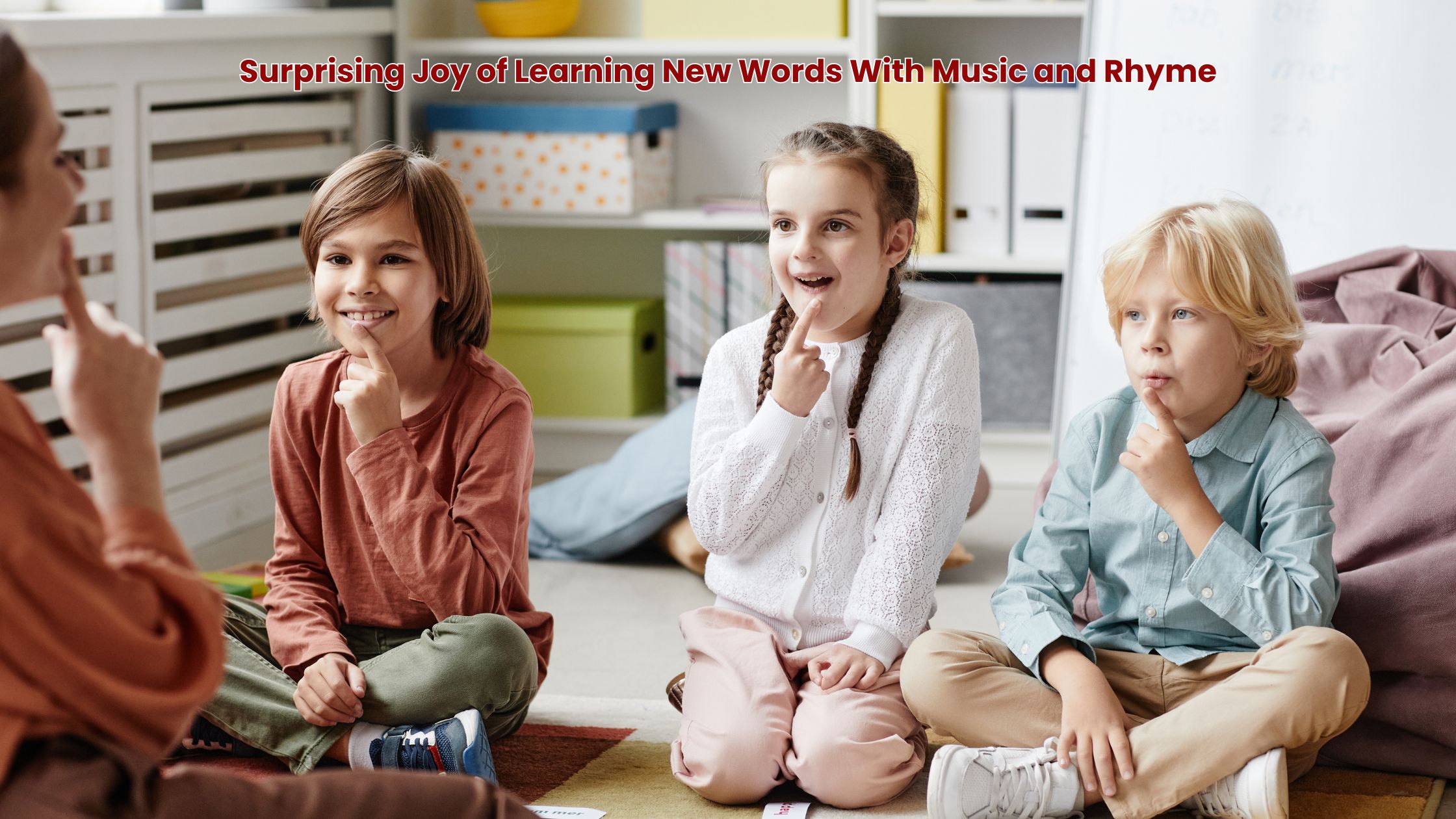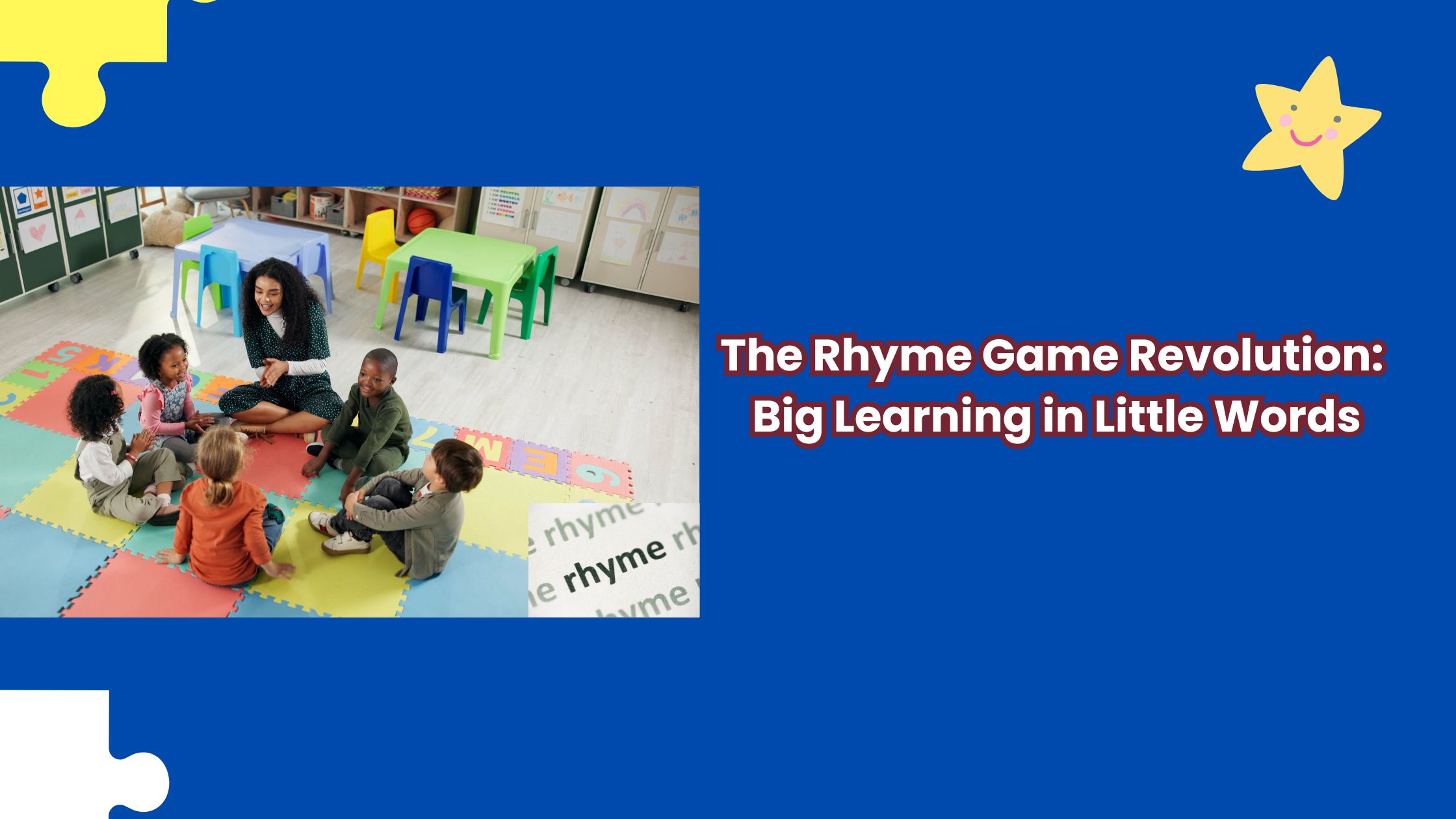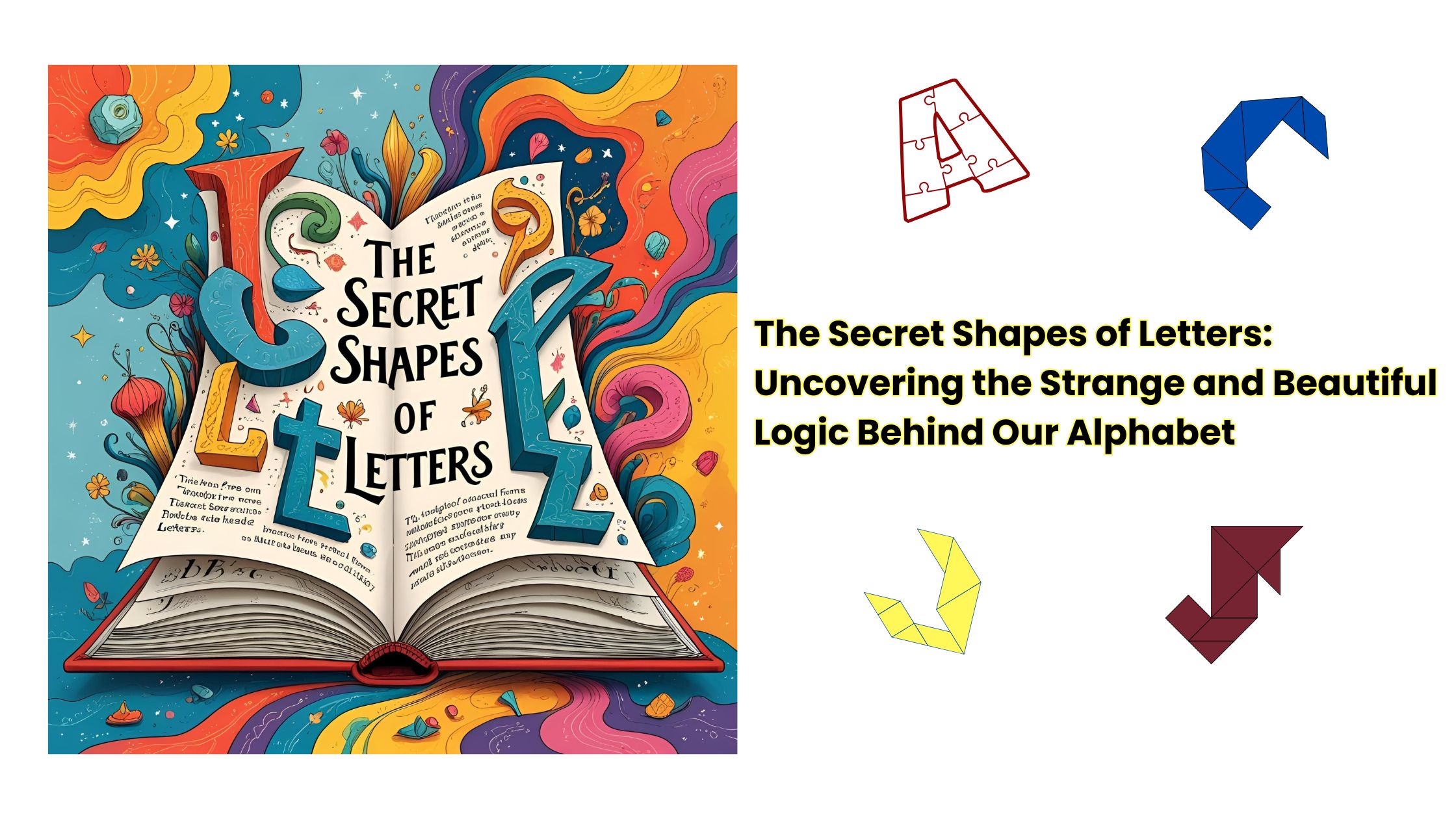
Surprising Joy of Learning New Words With Music and Rhyme
Surprising Joy of Learning New Words With Music and Rhyme
Some melodies are so deeply wired into us, we don’t even need a tune to hear the music.
“Twinkle, twinkle, little star…”
How many of you read that just now as plain words? Not many, right?
The moment we see twinkle appear twice; our brains cue the tune. That’s the power of music it turns ordinary words into unforgettable experiences.
Here’s something powerful: a 2022 University of Edinburgh study revealed that people who sang foreign words remembered them twice as well as those who only spoke them. Music does more than entertain it teaches.
Whether you’re a parent, student, or lifelong learner, if you’ve ever struggled with new words or wanted a more joyful way to remember them, songs might be your secret weapon.
Let’s explore how.
1. Music Activates the Memory Network
Music lights up more parts of the brain than language alone. Rhythm, melody, and emotion come together in a way textbooks simply can’t compete with.
When you hear lyrics paired with a catchy tune, your brain links sound with meaning. These connections stick. And they stay. That’s why years later, you might forget a lesson but remember every word to an old song from childhood.
2. Repetition Becomes a Delight
Repetition is essential for learning. But repeated drills? Not fun. Songs solve that.
Lyrics naturally repeat words and phrases. Take “Let it go, let it go…” or “Here comes the sun…” those refrains lodge into memory because you’ve heard them over and over, without even trying.
This kind of repetition, wrapped in rhythm and joy, makes vocabulary learning smooth and stress-free.
3. Words Come Alive With Emotion
We don’t just hear music. We feel it.
That emotion deepens learning. When a song makes you laugh, cry, or dance, your brain tags the words with emotional meaning. This emotional tag acts like glue—helping the words stick longer and deeper.
So if your child learns the word lonely through a sad but beautiful tune, they’ll not only remember its spelling but understand how it feels.
Now that we’ve explored few methods how music supports memory and emotion in language learning, let’s put it to the test. Here’s a simple sound awareness activity you can try right now, just read, imagine, and listen in your mind.
Activity: Sound Play: Can You Hear the Sounds?
Let’s try a simple and powerful activity. Below are five classic rhymes you already know or love. Read them silently or sing them in your mind. This isn’t just fun—it’s focused listening. Ready?
- Row, Row, Row Your Boat – /r/, /oʊ/, /j/, /m/
- Hickory Dickory Dock – /h/, /r/, /d/, /t/, /k/
- Jack and Jill – /j/, /l/, Short vowel /ɪ/, /w/, Consonant blend /nt/
- Humpty Dumpty Sat on the Wall – /h/, /d/, /t/, /l/
- Ring-a-Ring o’ Roses – /r/, /ŋ/, /s/, /z/
4. Real-World Pronunciation Becomes Easy
Singing is mimicking. When learners sing along with native speakers, they naturally match the rhythm, tone, and stress of each word. This trains the mouth and ear without formal drills. Even tricky sounds like th, r, or silent letters are easier to master through musical exposure.
(Do you know: “One, Two, buckle my shoe…” has these two tricky sounds th,r. To practice those sounds, practice the rhyme with the tune.)
5. Practical Ways to Use Songs for Vocabulary Building
It’s not just theory. Here’s how to bring this into your daily life: Pick the Right Songs
Start simple. Choose slower, clear songs with relatable language. Try Disney tracks, Beatles classics, or acoustic versions of pop songs.
Watch With Lyrics: Use lyric videos on YouTube. Read as you listen. Then hum. Then sing along. This trains eyes, ears, and memory all at once.
Build a Song Word Bank
After listening, pick 5 new words. Write them in a journal. Make your own sentence with each one. Review it later while listening again.
Turn Commutes into Learning Time
Play these songs in the car or while walking. The more often your brain hears the song, the more naturally it learns.
Make It a Family Activity
Sing together. Laugh at the tricky pronunciations. Let language learning be part of your shared joy—not just study time.
6. For Older Learners: Explore Meaning and Culture
Older children or adults can take it further.
Pause and ask: What does that lyric really mean?
When I began to watch the series, Friends. The title track made me think, especially for this line, “Your love life’s D.O.A.” The term “DOA” stands for “Dead on Arrival.” It is often used to describe something that is lifeless or has no chance of success. In the context of the song, it humorously suggests that the character’s love life is in such poor shape that it is effectively “dead” or doomed from the start.
Similar to this, there are phrases like “break a leg” or “hit the road.” This builds not just vocabulary, but real-life usage and cultural awareness.
It’s where language meets life.
Conclusion
Words can be memorized. But when they’re sung, they’re lived. Music is a bridge. A shortcut. A joyful tool that brings words off the page and into the heart. So next time you struggle with a new word, don’t reach for the dictionary. Reach for your playlist. Let the music lead the way.




That is Fantastic way to learn a language and understand the words in those…
Nicely curated…
Selection of concept and rhymes used are apt to the topic..
Overall awesome…